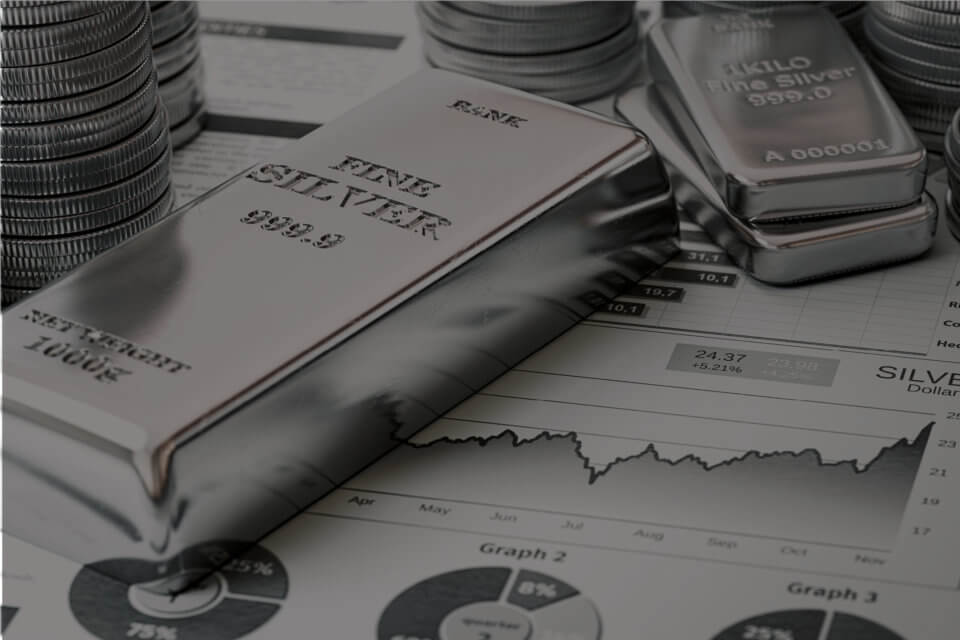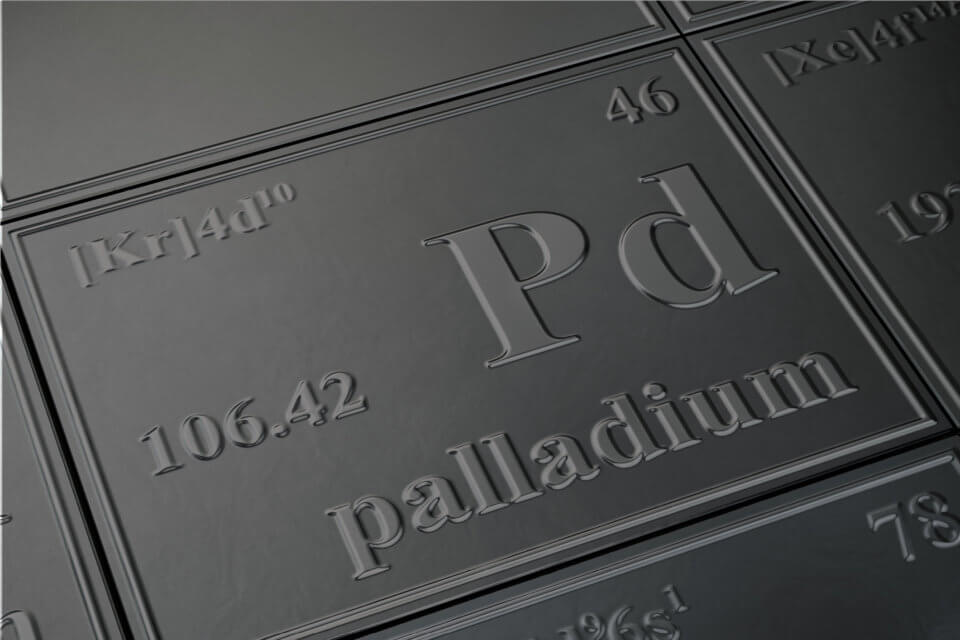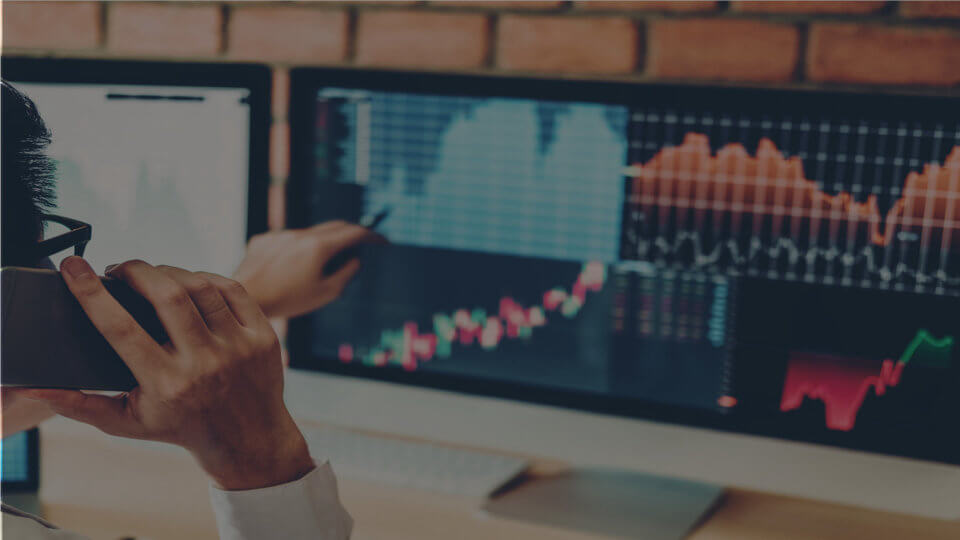o3 BLOG | Investing
Precious Metals Investing — Long Term Investments for 2022 and Beyond
Precious metals investing offers long-term benefits, as the demand for gold, silver, platinum, and palladium continues to increase in the renewable energy sector. It goes without saying that precious metals hold a vital place in the portfolio of a savvy investor. But how do you start investing in precious metals? And is it better to invest in gold than other precious metals such as silver or palladium?
There are different ways to invest in precious metals such as gold, silver, and platinum and countless reasons why you should do so. If you’re new to precious metals, keep reading to learn more about how they work and how you can invest in them.
Precious metals, more specifically, gold, are popular as a portfolio diversifier and inflation hedge. However, gold is not the only one available to investors. Silver, platinum, and palladium are all precious metals commodities that you can add to your portfolio, and each has its own set of benefits. Aside from owning physical metal, investors can gain access via the derivatives market, metal ETFs and mutual funds, and mining company stocks. Let’s take a closer look at commonly traded precious metals.
Gold
We’ll begin with the King of all metals: gold. Gold distinguishes itself from other metals by its tensile strength (i.e., it does not rust or corrode), malleability, and ability to conduct heat and electricity. It has some industrial applications in dentistry and electronics, but it is best known for its use as a base for jewelry and as a form of currency.
The market determines the value of gold 24 hours a day, seven days a week. Unlike other stocks and bonds, gold is less affected by supply and demand laws. While demand does affect gold prices to an extent, the sheer size of above-ground hoarded gold vastly outweighs the new mine supply. In other words, there is always a demand for gold, and in times of financial uncertainty, the cost of gold goes up.
Several factors contribute to the long held desire to stockpile the gleaming yellow metal:
Political and Financial Uncertainty: When banks and fiat currency are unstable or political stability is in question, governments and investors turn to gold as a safe store of value.
Inflation: When equity, bond, or real estate markets plummet, people frequently flock to gold as a safe-haven asset.
War or political upheaval: People tend to hoard gold in times of war and political unrest. A lifetime’s worth of savings can be made portable and stored until it is required to trade for food, shelter, or passage to a safe location.
Silver
Silver’s price, unlike gold’s, fluctuates between its perceived role as a store of value and its role as an industrial metal. As a result, price fluctuations in the silver market are more volatile than in the gold market.
As a result, while silver trades roughly in line with gold, the metal’s industrial supply/demand equation has an equally strong influence on its price. This equation has always shifted in response to technological innovations, such as:
- Emerging market economies saw an increase in buying power, which translated into a surge in demand for electrical appliances, medical devices, and other industrial items requiring silver inputs.
- The use of silver in batteries, conductors, and circuitry
- Renewable energy — silver is a critical material in photovoltaic cells used in solar energy
- EV — To echo the sentiment stated above, silver’s conductive properties will further drive the demand as the production of electric vehicles rises.
- Silver has many uses outside of jewellery and fashion, most notable in commercial applications.

Platinum
Platinum, like gold and silver, is traded on global commodities markets around the clock. Because it is rarer than gold or silver, it frequently commands a higher price (per troy ounce) than gold when markets and economies are stable. Annually, platinum miners extract is far less platinum than gold and silver.
Other factors that influence the price of platinum include:
Platinum, like silver, is regarded as an industrial metal. The highest demand for platinum is from automotive catalysts, which reduce the toxicity of emissions. Following that, jewelry accounts for the vast majority of demand—catalysts for petroleum and chemical refining, and the computer and smartphone industry make up the rest.
Because the auto industry heavily relies on metal, platinum prices move with auto sales and production figures. Clean air legislation may compel automakers to install more catalytic converters, increasing demand. However, in 2009, American and Japanese automakers began using recycled auto catalysts or more of platinum’s dependable (and usually less expensive) sister group metal, palladium.

Palladium
Palladium, which is less well-known than the other three metals, has more industrial applications. Palladium is a gleaming, silvery metal used in various manufacturing processes, most notably in electronics and industrial products. It is also valuable for dentistry, medicine, chemistry, jewelry, and groundwater treatment. The majority of the world’s supply of this rare metal (atomic number 46 on the periodic table) comes from mines in the United States, Russia, South Africa, and Canada.
Metalworkers can produce palladium sheets as thin as one-two hundred fifty thousandths of an inch. Pure palladium is malleable. However, consistent working of the metal at room temperature strengthens it and makes it harder. Thin palladium sheets are used in a variety of applications, including solar energy and fuel cells.
Palladium is most commonly used in catalytic converters because it is an excellent catalyst that speeds up chemical reactions. The metal is 12.6% harder than platinum, making it more effective and durable in industrial applications.

How much of your portfolio should you dedicate to precious metals?
First, let’s take a look at the precious metals investment options available to you.
Commodity Exchange Traded Funds (ETFs)
All three precious metals have exchange-traded funds. ETFs are a convenient and liquid way to buy and sell gold, silver, and platinum. On the other hand, investing in ETFs does not provide physical access to the commodity, so you do not have a claim on the metal in the fund (you will not receive any physical metal).
Mutual Funds and Common Stocks
Shares of precious metals miners correlate with precious metals price movements. Often, when the price of metal goes up, so do the stock prices of the companies that mine them.
Options and Futures
For investors who want to invest largely in metals, the futures and options markets provide liquidity and leverage. Derivative products have a high potential for profits, but you should assess the risk involved first.
Bullion
Coins and bars are only for those who have a secure place to store them, such as a safety deposit box or safe. For those expecting the worst, bullion has historically been one of the best options — keeping it, however, can be inconvenient.
Certificates provide investors with all of the advantages of physical gold ownership without the hassles of transportation and storage. However, if you’re looking for insurance in the event of a natural disaster, certificates are just paper. Expect no one to accept them in exchange for anything of value.

Is it a good idea to invest in precious metals?
Precious metals provide unique inflationary protection because they have intrinsic value, pose no credit risk, and move against inflation. According to investment theory, precious metals have a low or negative correlation to other asset classes such as stocks and bonds — even a small proportion of precious metals in a portfolio will reduce volatility and risk. They also offer genuine “upheaval insurance” against financial or political/military disruptions.
The Bottom Line
Although gold has proven itself to be the best precious metal investment, your portfolio can also benefit from other precious metals. The key to success with them is to understand your objectives before diving in. Precious metals investing is an effective way to accumulate wealth, but be sure to perform your due diligence.
